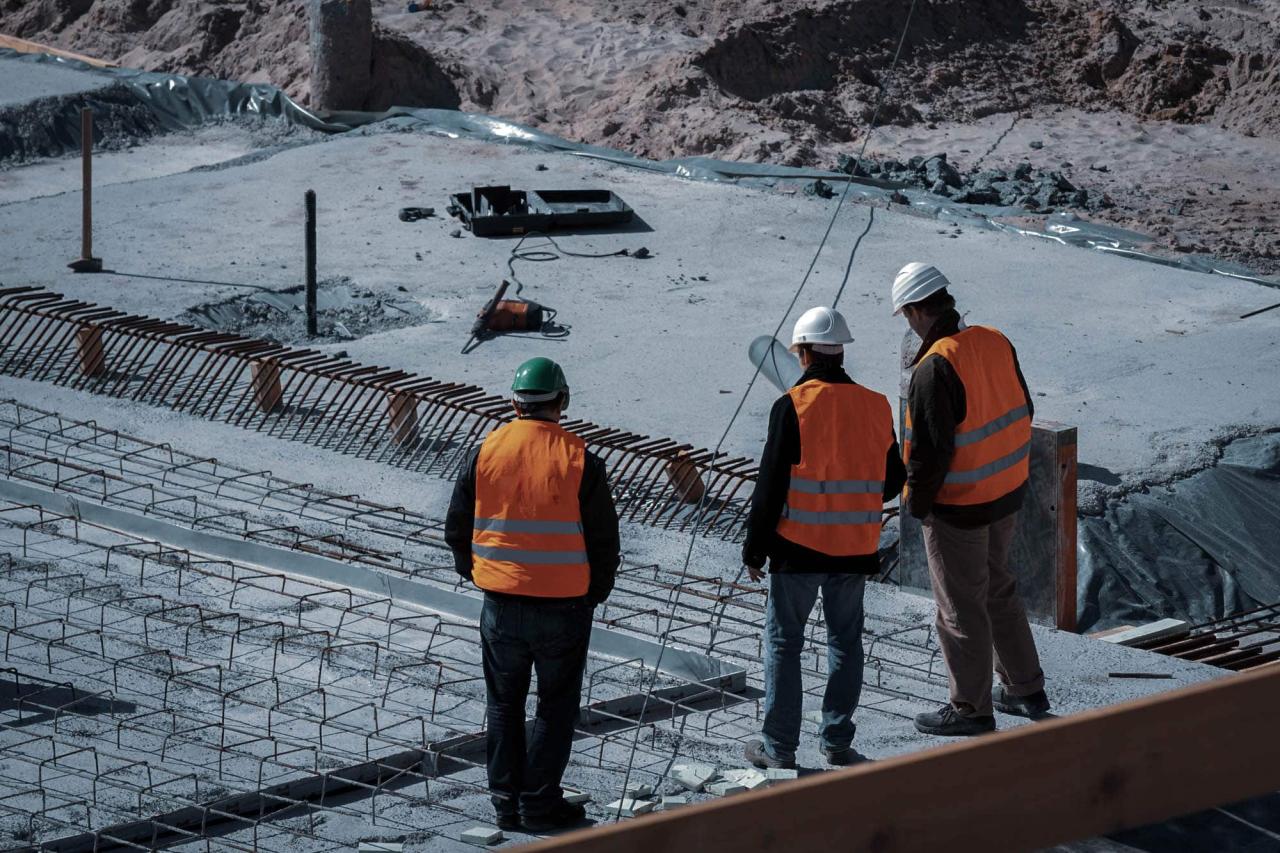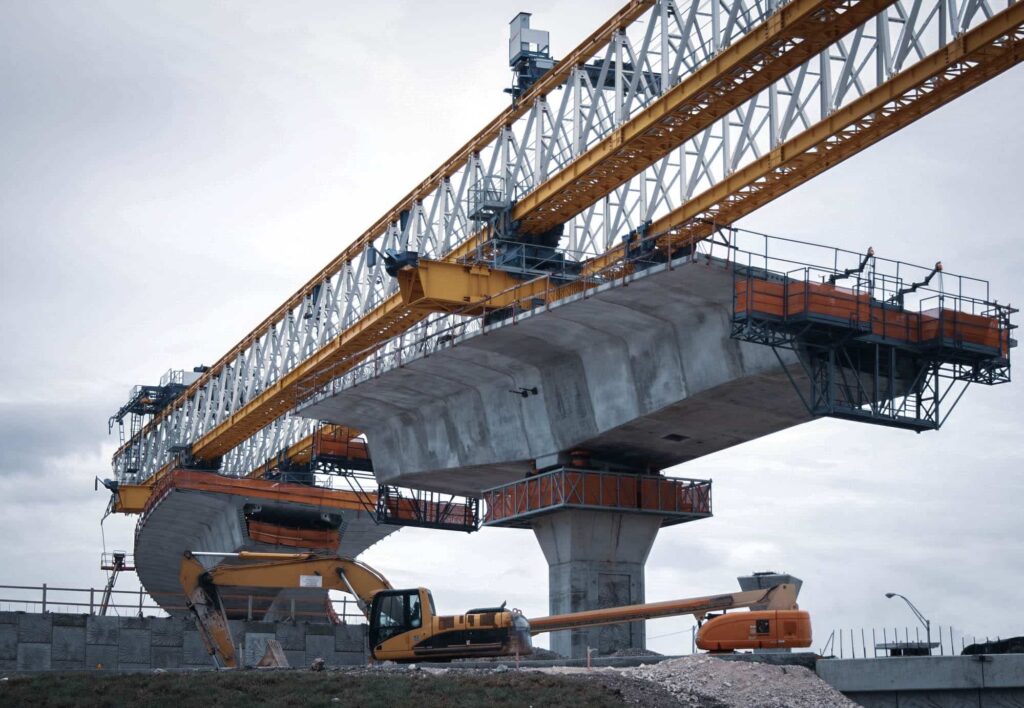Arcadis recently released a report about international construction inflation and costs with some interesting findings:
- Construction companies in both developed and emerging economies are experiencing price increases of over 5%.
- Other than increasing material prices, workforce shortages are a significant driving factor which is likely to keep construction inflation at higher-than-normal levels.
- Managing costs, removing waste, and increasing productivity should be top priorities for organisations wanting to overcome rising costs due to construction inflation.
So what can we do to survive when construction costs are higher than ever?
Free eBook: Quick guide to Lean practices for construction professionals
7 ways to minimise the impacts of construction inflation
As inflation continues to affect the construction industry worldwide, we must find ways to counteract it or risk losing our already slim profit margins.
Try these seven strategies to minimise the effect of construction inflation and rising costs on your organisation.
1. Prioritise value over competition
One mistake project owners and procurement teams often make is prioritising bidding price over value. This can cost you more in the long run, especially when inflation is high and the market is volatile.
Using this traditional procurement method pits trade partners and contractors against each other. And while the bids might look good at first glance, the possibility of costly change orders in the future is much higher.
The solution is switching to a lean partnership, prioritising the value each stakeholder can provide instead of creating bidding competitions.
2. Emphasise communication
The goal isn’t to eliminate cost and scheduling risks, which is basically impossible; it’s to manage those risks by emphasising communication early and often.
Communication needs to happen at every level. Contractors must communicate changes in costs and delivery dates, managers need to communicate about constraints and challenges, and construction executives should model a transparent culture of communication to set the tone from day one.
3. Pay attention to market impacts
Logistical bottlenecks and price escalation are two of the biggest factors affecting your ability to deliver projects on time and on budget. Understanding why they happen is the key to success.
This means monitoring inflation and domestic supply issues closely to mitigate rising costs. You need to gather economic data to make accurate predictions and determine your next best step.
Watch out for events that can impact the costs of labour, materials, and shipping to plan ahead instead of being surprised by rising prices.
More to read: The importance of keeping construction daily logs for every site activity
 4. Adopt target value delivery
4. Adopt target value delivery
Target value delivery (TVD) is a process that gives teams more flexibility to overcome problems quickly and effectively. Great—but how does that help minimise the effects of inflation and supply chain disruptions?
Imagine that the manufacturer of a product that you require to deliver your project is facing a delay getting the raw materials they need, whether due to increased costs or a snag in the supply chain. Then, on top of that delay, they end up charging you more.
Now your project’s schedule and target cost are at risk. However, with the TVD process, your team can quickly find an alternative to that product that will arrive faster and cost less while not sacrificing the quality of your project.
5. Release funds for materials early
One of the best ways to overcome inflated costs is to approve designs and lock in material prices as early on in your project as possible. However, many construction executives and project managers fear they might overspend due to downstream supply changes and hesitate to release funds to pre-purchase materials.
Releasing funds to vendors early allows them to get you the right materials at the right time, resulting in a lower risk of paying more later.
In addition to this, you can work with trade partners in the pre-construction stage to build certainty and improve the accuracy of your estimating process. This early design certainty also allows you to take advantage of other strategies more easily, like modular construction.
Further reading: 5 tips to improve construction workforce management
6. … But not too early
We discussed how buying materials early can help minimise higher costs due to construction inflation, but it is possible to release funds too early. So how do you distinguish between what can wait and what to order and pay for immediately?
You need to determine need-by dates for on-site materials. One way to do this is by implementing a commodity tracking log that every project stakeholder can access. This can also give you insights into what might impact the delivery of your materials.
These logs can help you identify what materials you need, when you need them, and how many you need to better understand what you should order early and what can wait.
7. Implement construction management software
You can also overcome rising costs due to construction inflation by introducing construction management software to your team. This allows you to streamline processes and weed out inefficiencies to cut down on costs without affecting the build quality of your projects.
Construction management software can help you eliminate miscommunications that lead to cost overruns and delays, compare estimated vs. actual costs in real time, optimise your use of resources, and more—all of which can help you stay profitable during times of high construction inflation.
Learn how we can help your organisation succeed during times of inflated construction costs: See our construction management software in action with your free personalised demo.




